12 Performances That Changed Hollywood Without Getting the Credit

Some actors deliver performances so powerful they shift the entire landscape of cinema, yet they rarely receive the recognition they deserve. While blockbuster hits and award-winning roles grab headlines, certain unforgettable acting moments quietly revolutionize storytelling, character development, and filmmaking techniques.
These underappreciated performances have influenced countless directors, inspired new generations of actors, and proven that true artistry doesn’t always need a trophy to make history.
1. Shelley Duvall in The Shining (1980)

Stanley Kubrick pushed Shelley Duvall to her absolute limits during filming, creating one of horror cinema’s most authentic portrayals of terror. Her raw, visceral performance as Wendy Torrance captured genuine fear in ways that method acting rarely achieves. The emotional toll was real, and it shows in every trembling frame.
Critics initially dismissed her work as over-the-top, but time has revealed the brilliance behind her vulnerability. Duvall’s ability to convey escalating panic influenced how future filmmakers approached psychological horror. Her wide-eyed terror became the blueprint for portraying victims in suspense thrillers.
Without awards recognition, this performance quietly redefined what audiences expect from horror acting, proving authenticity trumps glamour.
2. Isabelle Huppert in The Piano Teacher (2001)
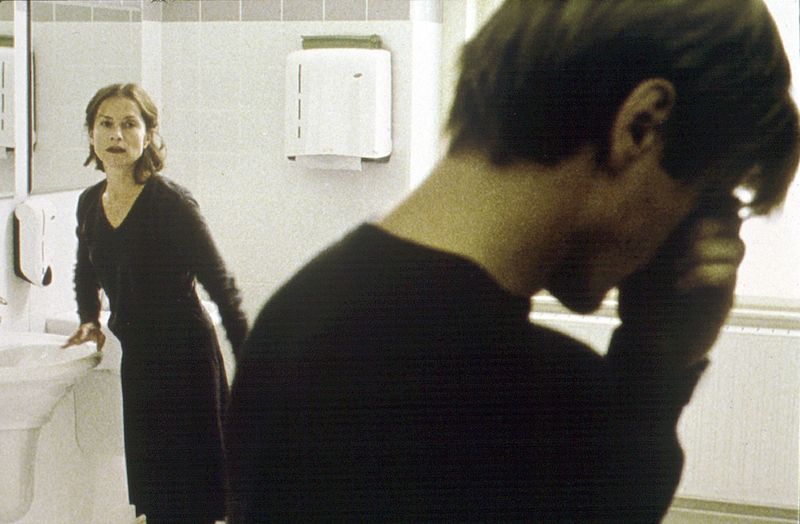
In portraying a repressed music teacher with disturbing inner turmoil, Huppert displayed fearless emotional precision. Her measured intensity and refusal to soften the character’s darkness made the performance both unsettling and profoundly human.
Mainstream Hollywood largely ignored this work despite its technical brilliance and emotional depth. European cinema embraced her bold choices, but American audiences missed how she expanded the boundaries of what female characters could explore on screen. Her unflinching honesty influenced indie filmmakers seeking authentic portrayals of flawed women.
This role demonstrated that controversial subject matter, when handled with skill, creates conversations about human nature that resonate for decades.
3. Jake Gyllenhaal in Nightcrawler (2014)
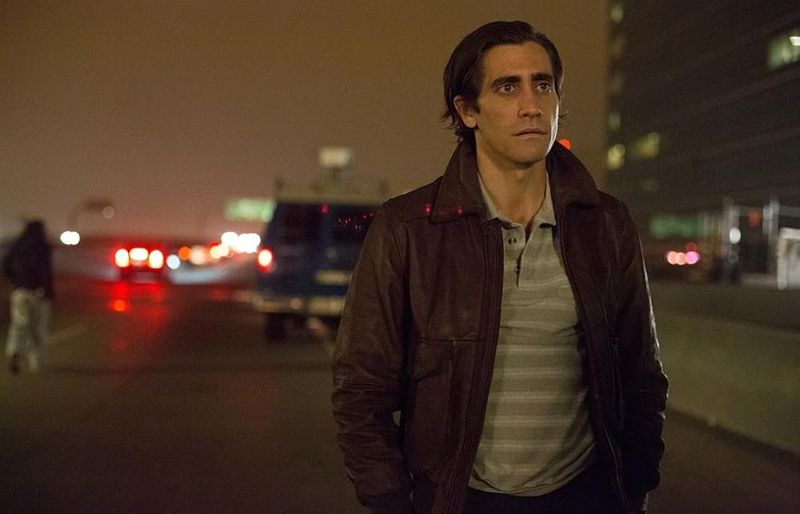
Gyllenhaal transformed himself physically and psychologically into Lou Bloom, a sociopathic freelance videographer who embodies modern media’s darkest impulses. He lost significant weight and adopted unsettling mannerisms that made viewers genuinely uncomfortable. Every calculated smile and dead-eyed stare felt disturbingly real.
Despite critical acclaim, awards season largely overlooked this chilling performance in favor of more traditional biographical roles. His portrayal predicted our current obsession with viral content and ethical boundaries in journalism. Directors now reference his work when discussing morally ambiguous protagonists.
Gyllenhaal proved that villains don’t need redemption arcs to be compelling, reshaping how Hollywood approaches antiheroes in contemporary settings.
4. Dustin Hoffman in Straw Dogs (1971)

By transforming from a passive scholar into a man consumed by instinct, Hoffman dismantled cinematic ideas of masculinity. His measured, inevitable slide into violence carried psychological truth rather than spectacle, provoking decades of debate about morality and self-defense.
Controversy overshadowed the nuanced acting, with critics focusing on the film’s disturbing content rather than Hoffman’s layered portrayal. He captured the terrifying realization that civilization is just a thin veneer over our survival instincts.
Modern thrillers about ordinary people in extraordinary circumstances owe much to this groundbreaking work. His commitment to moral ambiguity paved the way for complex protagonists in genre cinema.
5. Lupita Nyong’o in Us (2019)

Playing dual roles with completely distinct voices, mannerisms, and psychological profiles, Nyong’o delivered a masterclass in physical acting. Her portrayal of both Adelaide and her doppelganger Red required switching between warmth and menace within single scenes. The vocal work alone deserved recognition, with Red’s damaged rasp becoming instantly iconic.
Horror performances rarely receive serious consideration during awards season, leaving this extraordinary achievement criminally undervalued. She elevated Jordan Peele’s ambitious concept through sheer commitment to character differentiation.
Young actors now study her technique for playing multiple versions of the same person. Her work proved genre films can showcase the highest caliber of dramatic performance when given proper respect.
6. Nicole Kidman in Birth (2004)

Kidman’s portrayal of a widow confronting a child claiming to be her reincarnated husband required microscopic emotional control. One extended closeup at the opera became legendary among acting coaches for its wordless conveyance of conflicting emotions. She communicated doubt, hope, fear, and longing through barely perceptible facial movements.
Audiences found the premise too strange to embrace, causing this subtle masterpiece to vanish quickly from theaters. Her willingness to explore uncomfortable territory without melodrama influenced how filmmakers approach grief and magical realism.
Directors seeking restrained emotional performances now cite this as the gold standard. Sometimes the quietest performances leave the deepest impressions on those who truly understand the craft.
7. Ken Watanabe in The Last Samurai (2003)

As Katsumoto, Watanabe grounded the role in dignity and depth, avoiding cliché to create a portrait of strength guided by wisdom. His performance carried emotional truth across languages, uniting cultural specificity with timeless humanity.
Tom Cruise’s star power overshadowed Watanabe’s equally compelling work, despite a supporting actor nomination. His portrayal opened doors for nuanced Asian characters in Western cinema, proving international actors could carry emotional weight in major productions. Filmmakers began seeking authentic casting rather than relying on stereotypes.
His dignified performance demonstrated that cultural representation matters as much as individual talent in creating lasting cinematic impact.
8. Scarlett Johansson in Lost in Translation (2003)

At just eighteen, Johansson captured the ennui and existential loneliness of a young woman adrift in a foreign culture with remarkable maturity. Her understated performance relied on silence, glances, and subtle body language rather than dialogue. She made isolation feel both beautiful and heartbreaking.
While Bill Murray received most of the acclaim, Johansson’s quieter work provided the emotional foundation for the entire film. Her ability to convey internal conflict through minimalist acting influenced a generation of indie filmmakers. Critics now recognize this as the performance that established her as a serious dramatic actress.
Sometimes being young and overlooked means your groundbreaking work gets discovered years later by audiences who finally understand its brilliance.
9. Naomi Watts in Mulholland Drive (2001)

Before becoming a household name, Naomi Watts delivered one of the most complex dual performances in modern cinema. David Lynch’s puzzle-box thriller demanded she play two completely different versions of the same character, shifting from bubbly optimism to devastating darkness.
Her work showed Hollywood that psychological depth could coexist with experimental storytelling. Critics praised her fearlessness, yet she received no major award nominations that year.
The performance influenced countless actresses tackling multi-layered roles. Watts proved you could be vulnerable and powerful simultaneously, opening doors for more nuanced female characters in mainstream films. Her transformation remains a masterclass studied in acting schools worldwide.
10. Sam Rockwell in Moon (2009)
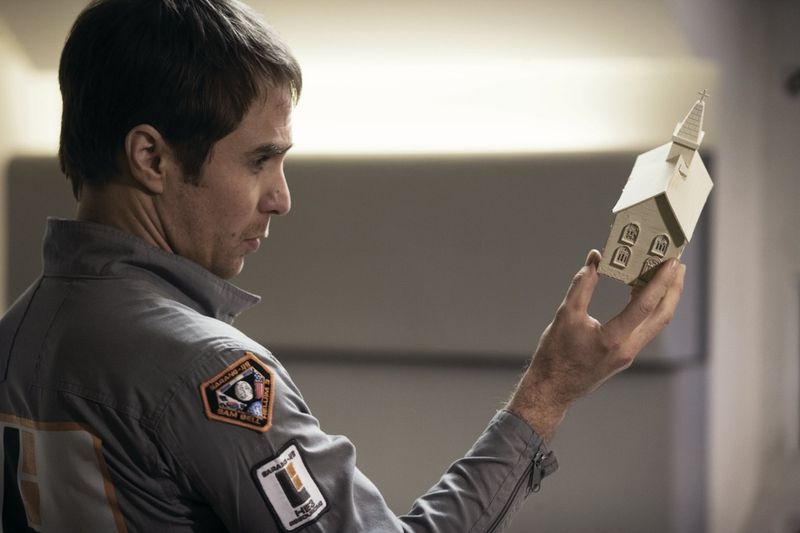
Carrying an entire science fiction film alone takes extraordinary talent. Sam Rockwell spent most of this indie gem acting opposite himself, playing a lunar worker who discovers unsettling truths about his mission.
His ability to create distinct personalities for cloned characters demonstrated range rarely seen in genre films. The low-budget production limited special effects, forcing Rockwell to rely purely on emotional authenticity. Audiences connected deeply with his isolation and confusion.
This performance convinced studios that character-driven sci-fi could succeed without massive budgets. Rockwell’s work paved the way for thoughtful genre films focusing on human stories rather than explosions, yet mainstream awards completely ignored his achievement.
11. Brie Larson in Short Term 12 (2013)
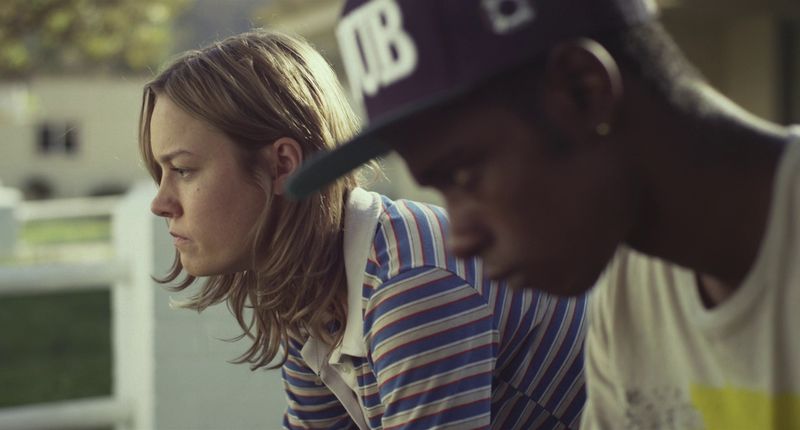
Years before winning an Oscar, Brie Larson gave what many consider her finest performance in this small indie drama. She played a supervisor at a foster care facility, balancing professional responsibility with her own traumatic past.
Her raw emotional honesty felt completely unfiltered, avoiding the polished acting typical of Hollywood productions. Larson brought authenticity to conversations about trauma and healing that resonated with social workers and therapists nationwide.
Industry insiders took notice, recognizing her ability to anchor serious dramas with genuine compassion. This role directly led to her casting in Room, yet Short Term 12 itself remains criminally underseen. Her work here redefined what independent cinema could achieve emotionally.
12. Woody Harrelson in The Edge of Seventeen (2016)
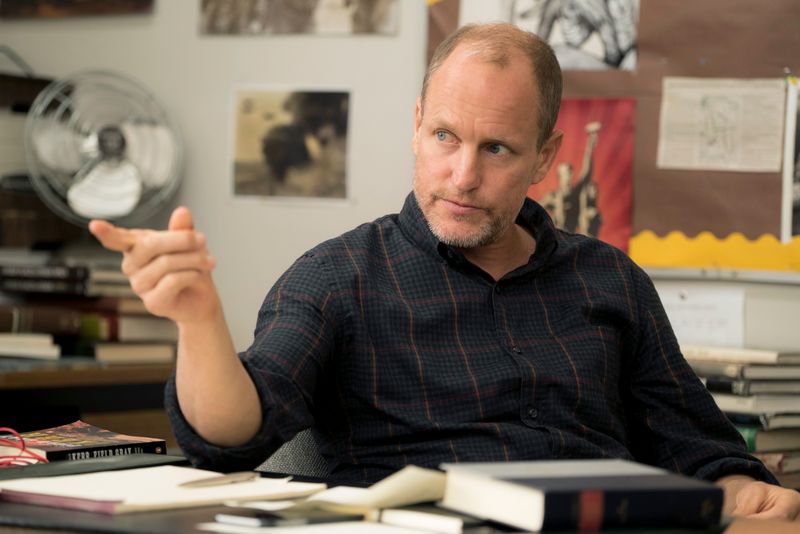
While most supporting roles in teen comedies fade into the background, Harrelson’s take on the mentor archetype stood out. His balance of cynicism and compassion created a character both funny and deeply human.
His timing transformed potentially preachy scenes into memorable exchanges that felt spontaneous and real. Harrelson avoided the typical inspirational teacher clichés, instead creating someone refreshingly flawed and honest.
Young actors learned from his generosity on screen, watching how restraint can create bigger impact than grand gestures. His work elevated the entire film beyond standard coming-of-age fare. Despite critical acclaim, awards voters overlooked his subtle brilliance, focusing instead on flashier dramatic roles that season.

Comments
Loading…